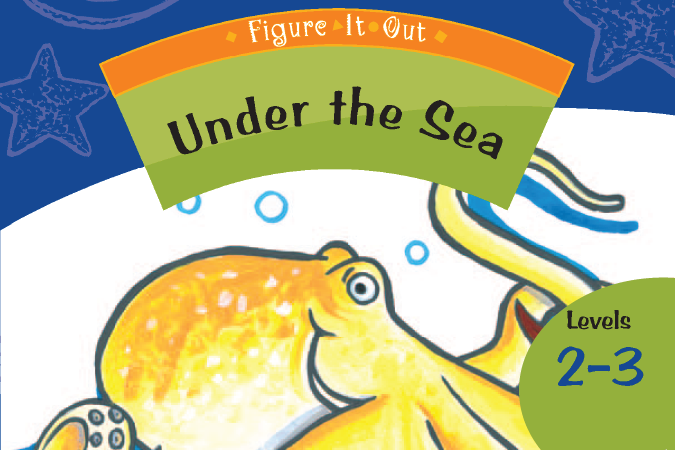Horse racing
This is a level 3 probability and level 2 number activity from the Figure It Out theme series. A PDF of the student activity is included.

About this resource
Figure It Out is a series of 80 books published between 1999 and 2009 to support teaching and learning in New Zealand classrooms.
This resource provides the teachers' notes and answers for one activity from the Figure It Out series. A printable PDF of the student activity can be downloaded from the materials that come with this resource.
Specific learning outcomes:
- Find all the possible outcomes.
- Investigate if a game is fair.
- Solve problems using subtraction facts.
Horse racing
Achievement objectives
NA2-3: Know the basic addition and subtraction facts.
S3-3: Investigate simple situations that involve elements of chance by comparing experimental results with expectations from models of all the outcomes, acknowledging that samples vary.
Required materials
- Figure It Out, Levels 2–3, Theme: Under the Sea, "Horse racing", pages 18–19
- 2 counters each (a different colour for each player)
- 2 classmates
- 2 dice
See Materials that come with this resource to download:
- Horse racing game (.pdf)
Activity
Game
This game focuses on the probability of different outcomes when two dice are thrown. Moves are worked out according to the dice differences, and this table gives the relative likelihood of different sea horses moving:

The relative frequencies of each difference are:

These frequencies are reflected in the distances the different sea horses must travel on the playing board to win. Although sea horse 5 looks like an attractive proposition, the chances of throwing the two dice to form a subtraction equation that results in five are small. These varied distances ensure that each sea horse has an equal chance of winning.
Encourage students to explain why some sea horses move more frequently than others. Although they are unlikely to have developed systems such as those in the table above, many students will be able to offer explanations such as:
- There are lots of ways of getting a difference of one, such as six minus five, five minus four, four minus three, and three minus two.
- There is only one way of getting a five: with six and one.
Game
A game of numbers
Investigation
Answers will vary but will be based on the various ways of getting differences.
The quality of the images on this page may vary depending on the device you are using.


